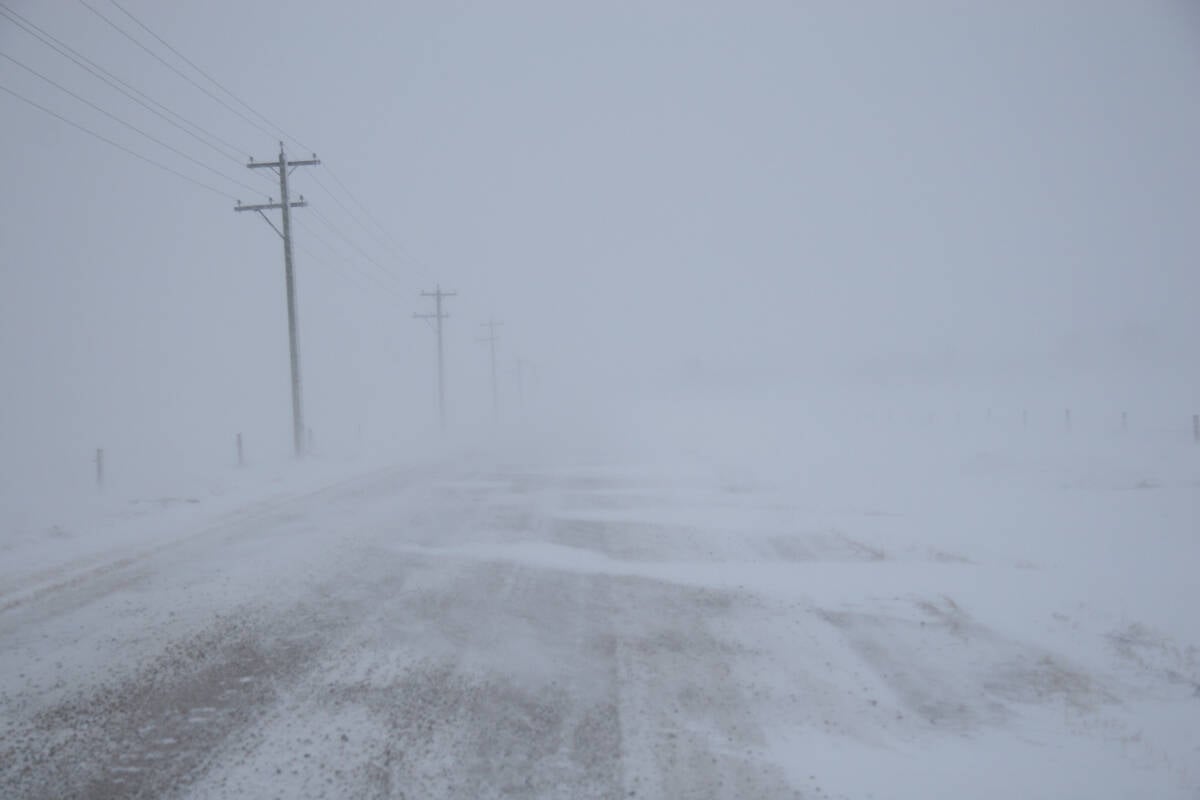FORT QU’APPELLE, Sask. – Greg Larson has lost a lot of money buying bison hides.
He has several thousand of them stockpiled, but isn’t about to stop shopping.
“I think they’ll be worth a lot of money,” he told a Saskatchewan bison producers meeting.
That’s because he and other hide marketers think they can convince manufacturers who use leather to give bison a try.
It’s an expensive strategy. Larson said he shipped two loads of bison hides to furniture designer Ralph Lauren at a cost of $17,000 US, only to see them rejected because of knife scores.
Read Also

Volatile temperatures expected for this winter
DTN is forecasting a lot of temperature variability in the Canadian Prairies this winter. Precipitation should be close to average.
Larson said better quality hides will sell.
“Once we get this under control we’ll have a market. I need a commitment from slaughter plants to take care of (the hides) once they get them off.”
Bison hides are more difficult to work with than others because of the hump and varying thicknesses in the same hide.
Skinners have to be aware of these problems or they can devalue the hide with cuts and deep scores.
Larson told producers who slaughter their own animals to make sure they don’t cut holes in hides if they plan to cure and sell them. The best option is to kill the animals at a plant that has a hide puller and get the hides into a brine raceway as soon as possible. He operates a raceway at Leross, Sask.
In the winter, producers can spread salt on hides and stack them, but Larson warned hides don’t freeze until about- 9 C. Tanners won’t accept hides that have been improperly salted and stored.















